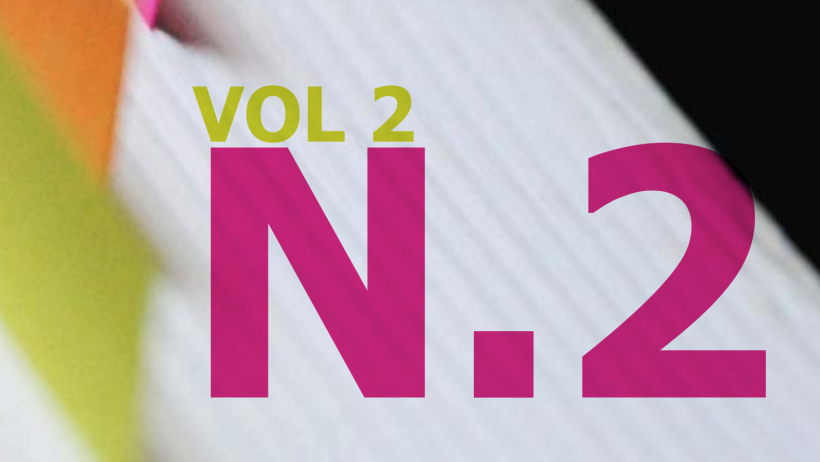Authors
- Claudia Liliana Pezo Cunalata
Universidad de Guayaquil. Ecuador.
claudia.pezoc@ug.edu.ec
ORCID: https://orcid.org/0000-0002-5571-4321 - Edmundo Córdova Durán
Universidad de Guayaquil. Ecuador.
edmundo.cordova@ug.edu.ec - Laura Medina Andrade
Universidad de Guayaquil. Ecuador.
laura.medinaa@ug.edu.ec - Jenny Medina
Universidad de Guayaquil. Ecuador.
jenny.medinaa@ug.edu.ec
DOI:
https://dx.doi.org/10.12795/IROCAMM
Abstract
The red chronicle is a genre that is used to name the reports, which, for the most part, present attacks on the life of a human being. The printed media, popularly called “Amarillistas” or “Sensationalists”, have encouraged the growth of this section by the form, background, images and headlines that tell a story. From there, that a group of consumers of this genre has been born and grows – mainly in written media -, specifically the case of the Ecuadorian newspaper Extra- that has a profile according to their sexes, ideologies, ages, tastes, levels of study, occupations and civil status.
That target remains faithful and almost loyal to the news that arrives in the newspapers, which are distributed even from dawn so that consumers have that product in their hands and read it. After that, there is a process of internalization and comments on the events between family members or groups.
But not only the public or the consumer searches for Extra newspaper, so do the advertisers to show their advertising. This has been modified because the public also evolves. This article is raised and developed in the literature review of other research and is developed under the deductive method, because the object of the general is investigated to the particular, then the synthetic method is applied to qualitatively explain the subject raised.
Full Text:
References
- Ávila, C. (2013). El sistema de comunicación en la Ley Orgánica de Comunicación del Ecuador: Un análisis desde el enfoque de las teorías de sociedad y masas de McQuail. Revista Chasqui. Número 124. Recuperado de https://chasqui.ciespal.org/index.php/chasqui/article/view/21/html_36
- Calderón, Hugo (2017). La publicidad en Iberoamérica. Revista Prisma Social. Número 17. Recuperado de https://revistaprismasocial.es/article/view/1293/1360
- García, Néstor C (2005). Diferentes, desiguales y desconectados, mapas de la interculturalidad. Buenos Aires: Gedisa.
- García, Néstor C (2002). Las culturas populares en el capitalismo. México: Grijalbo. De Fleur; BalL-Rokeach, Sandra (1999). Teoría de la comunicación de masas. Barcelona: Paidós.
- INFOLEG (2009). Ley de servicios de comunicación audiovisual. El Senado y Cámara de Diputados de la Nación Argentina. Recuperado de https://www.infoleg.gov.ar/infolegInternet/anexos/155000-159999/158649/norma.htm
- Muñoz, A. (2015). Publicidad “made in Ecuador” y otras restricciones a la expresión publicitaria a partir de la entrada en vigencia de la Ley Orgánica de Comunicación. Law Morillo Herrera (2013). El consumo de diario “el Extra” en los conductores de la cooperativa de buses urbanos pichincha y su incidencia en sus Expresiones cotidianas. https://www.dspace.uce.edu.ec/bitstream/25000/3347/1/T-UCE-0009-267.pdf
- Sunkel, Guillermo (2001). La prensa sensacionalista y los sectores populares. Bogotá: Norma 138p.
- SUPERCOM (2013). Ley Orgánica de Comunicación. Quito, Registro Oficial Sánchez
- Verón, Eliseo (1973). Comunicación de masas y producción de ideología: acerca de la construcción del discurso burgués en la prensa semanal. Articulo: Chasqui. (4):21-23.

